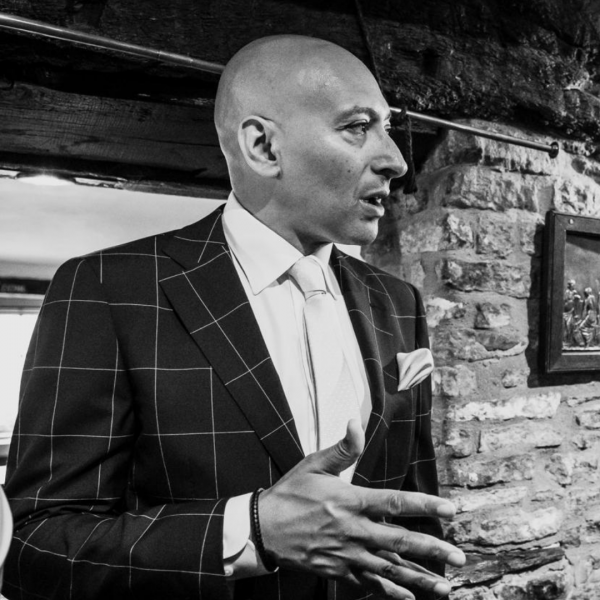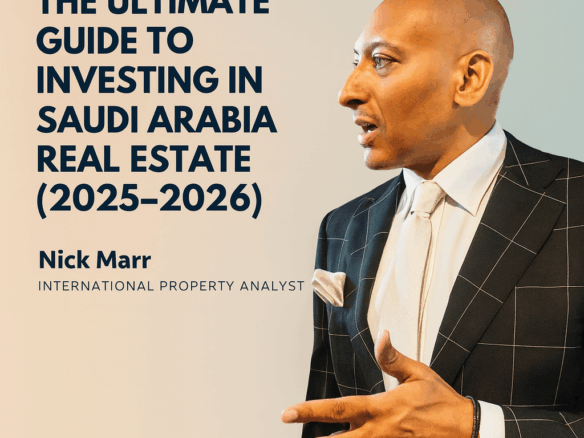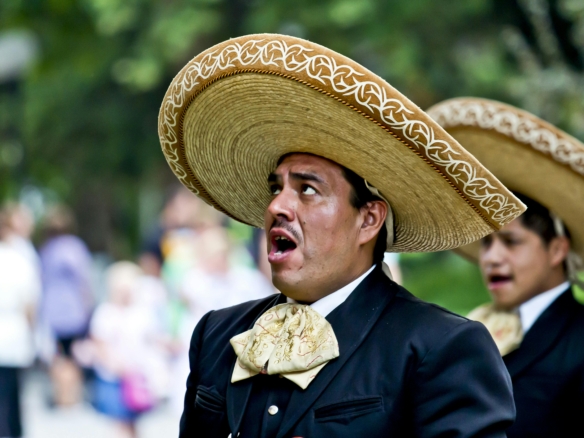What is NEOM?
NEOM is a futuristic mega-project in northwest Saudi Arabia, unveiled in 2017. It is part of the country’s broader economic transformation plan, Vision 2030, which aims to diversify the economy beyond oil. (Encyclopedia Britannica)
The name “NEOM” comes from the Greek prefix neo- (meaning “new”) and the letter “m”, which references the first letter of Mohammed bin Salman’s name — also tied to the Arabic word mustaqbal (meaning “future”) — so, roughly, “New Future”. (Encyclopedia Britannica)
NEOM is conceived as a high-tech, sustainable region combining urban, industrial, tourism and residential zones. Among its planned components are urban centres, industrial zones, tourist destinations and high-technology hubs. (Middle East Briefing)
What is The Line?
At the heart of NEOM was always intended to be The Line — a radically reimagined “city of the future”. Originally announced in January 2021. (Wikipedia)
Key aspects of The Line concept:
- A 170 km (≈ 105 miles) linear megacity — a single, continuous building rising 500 metres high and about 200 metres wide. (Wikipedia)
- Designed to house around 9 million people — roughly 25% of Saudi Arabia’s population (as of 2022) — in a highly dense, vertical format. (Wikipedia)
- The city would have no cars, no traditional roads or streets, and would run on 100% renewable energy, with everything needed — housing, services, leisure, transit — in reach within a five-minute walk or quick high-speed transport. (Wikipedia)
- The design emphasises sustainability: 95% of land outside the built footprint would be preserved for nature. (neom.com)
- Vertical zoning: modular “communities” each housing ~80,000 people, with high-speed transit connecting modules horizontally (and vertically), so movement across the city doesn’t require cars. (neom.com)
Proponents called it a revolution in urban living — a way to pack a massive population into a minimal footprint, reduce urban sprawl, eliminate traffic, and build a sustainable, high-tech city from scratch. (neom.com)
But is The Line (and NEOM) Actually Going to Be Built? — Reality Check
Recent developments cast serious doubts on how much of the original vision will be realised — and how soon.
- As of late 2025, reports suggest the project has been substantially scaled back after years of soaring costs, construction delays, financing difficulties, and lower-than-expected foreign investment. (Wikipedia)
- According to a 2025 analysis, NEOM has faced “critical turning point” pressures: what was pitched as a $1 trillion megacity now looks difficult to deliver in full under current economic conditions. (European Business Magazine)
- Instead of the full 170 km city, by 2030 the revised plan reportedly aims to complete only a small central segment — perhaps a few kilometres — and to house a far smaller population (~200,000–300,000 rather than millions). (Wikipedia)
- Officially, the authorities deny abandoning the plan and still list The Line as a core component of NEOM. (Wikipedia)
Thus — yes, some construction has started, and infrastructure groundwork is underway. (Wikipedia) But whether The Line will ever be built at the originally proposed scale — 170 km, 9 million people, mirrored megacity — is increasingly uncertain.
Challenges, Criticisms and What Went (or Might Go) Wrong
The ambitious nature of NEOM and The Line comes with serious criticisms and obstacles:
- Economic viability & cost: The projected cost has ballooned into the hundreds of billions — or even trillions — of dollars for full build-out. Experts have questioned whether investors or the Saudi state can sustain such an outlay.
- Practical & technical feasibility: Building a 500-metre-high, 200-metre-wide mirrored skyscraper running 170 km across desert terrain, with renewable energy, high-speed rail, and no roads — is unprecedented. Critics label it almost dystopian and warn about heat, water, climate, maintenance, and livability. (Encyclopedia Britannica)
- Environmental and social concerns: Despite sustainability claims, constructing such a megacity disrupts fragile desert and coastal ecosystems. There have also been reports of displacement of local communities to clear land for NEOM. (Encyclopedia Britannica)
- Shifting priorities and political economy: Lower oil revenues, changing global interest rates, and economic pressures have led to budget constraints. According to some insiders and recent media reports, NEOM’s plans — especially The Line — are being reprioritised or delayed in favour of more immediate, pragmatic projects. (The Independent)
In short: the scale of ambition clashes with financial, environmental, logistical, and political realities. NEOM may proceed — but far more slowly, and likely at a reduced scale compared to the original dream.
Frequently Asked Questions
Is NEOM actually going to be built?
Yes — but not necessarily as originally envisioned. Some infrastructure work has begun, and NEOM remains an official government priority. That said, the full grand vision, especially The Line, is being scaled back, delayed, and reconsidered. (Wikipedia)
What does NEOM mean in Saudi Arabia?
As mentioned, the name combines neo- (Greek for “new”) with “m” — referencing the first letter of Mohammed bin Salman’s name and mustaqbal, the Arabic word for “future”. It is meant to symbolise a “New Future” for Saudi Arabia. (Encyclopedia Britannica)
Why did the NEOM project fail (or falter)?
It’s not fully “failed,” but multiple factors have slowed progress: enormous costs, technical and environmental challenges, financing constraints, shifting economic conditions (especially weaker oil revenues), and difficulty attracting sufficient foreign investment — all of which have forced a rethink of timelines and scale. (Wikipedia)
Is The Line in Saudi Arabia real?
It is “real” in the sense that work has started (groundwork, infrastructure), and the project remains formally active. But the fully realised, 170 km mirrored megacity with 9 million residents — no, that is no longer seen as realistic under current circumstances. (Wikipedia)
Can foreigners buy property in NEOM?
Yes — foreign investors can invest in NEOM real estate via government-approved real estate firms, Real Estate Investment Trusts (REITs), or publicly listed companies. (Real Estate Saudi)
Who is the owner of NEOM?
NEOM is funded and controlled by the kingdom via its sovereign wealth fund, Public Investment Fund (PIF). The project was championed by Crown Prince Mohammed bin Salman. t Briefing)
What’s Next — Where Does NEOM Stand as of Late 2025?
The mood around NEOM and The Line has shifted from utopian enthusiasm to cautious pragmatism. As of 2025:
- Observers note that NEOM is undergoing “course correction,” with a focus on smaller, more viable segments rather than full megacity dreams. (European Business Magazine)
- Some parts — like tourist resorts, luxury islands, or smaller developments — may proceed sooner and faster than the giant linear city. (Middle East Briefing)
- For global investors or interested residents, NEOM may offer opportunities — but likely in a more modest, phased way.
Watch: Visual Overview of The Line & NEOM
The video gives a sense of how grand the plan was — and how reality has forced serious recalibration.
Featured image from NEOM





